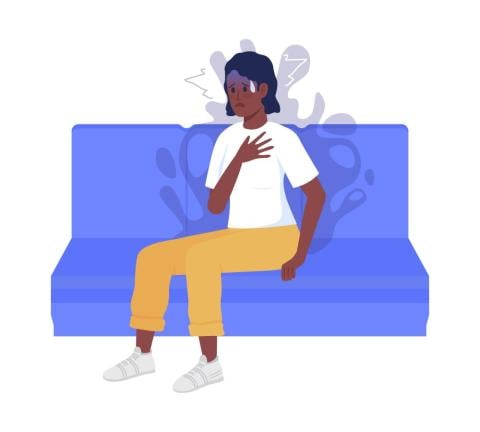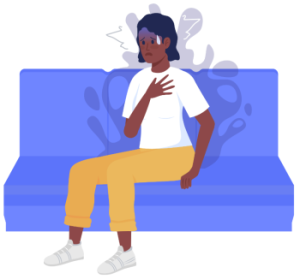My Mother’s Journey
An evening spent playing bridge with other couples was always fun for Rita, but one time it became a nightmare. Dealing the cards, first her hands began to tremble, and then her body shook uncontrollably. Terrified, she ran to the bathroom where she fell to the floor crying. She didn’t understand what was happening to her, so she told her husband she was ill and needed to go home.
That episode was the beginning of what Rita would endure for the next 15 years. Her doctor diagnosed low blood pressure, but she knew that wasn’t her problem. She thought it a nervous breakdown or something worse. As time went on, the symptoms continued, but the cause remained elusive.
Rita had two young children, and she worried how she could be a good mother. She was afraid to tell anyone about her symptoms and fears, including her husband and her doctor because she was afraid of being committed to a mental hospital or losing her children. Rita decided on silence, covering up her symptoms and trying to avoid situations that triggered them. She couldn’t shop for groceries, go to the bank, or run an errand without the fear of terrifying symptoms.
Attending her daughter’s dance performances or her son’s bowling league made her tremble. She worried about her urge to flee, making a fool of herself, and having her kids think badly of her. These feelings would return thousands of times over the next 15 years, but she mustered fierce determination to stay put. It was exhausting, but no one else seemed to notice.
One day Rita read a newspaper article describing the symptoms of panic disorder and agoraphobia. At that moment she discovered she wasn’t crazy or weak, that her condition wasn’t her fault, and she wasn’t alone in her suffering.
She was thrilled to learn that her symptoms had names and that she could get help. But now she would have to end her silence. How would her husband, her children, and her friends react? What would therapy be like, and what would it take for her to live without fear? But after so many years, the thought of being free of her symptoms was intoxicating.
When she told her husband, he was shocked. He’d never seen the person who was terrified to be out in the world. Agoraphobia was unknown to many medical professionals in the 1980s, and her doctor asked, “What is a panic disorder?” He advised her to take a vacation and rest. Still afraid, she made an appointment with a therapist, who over five years helped her learn to overcome her fears and symptoms and become free from the fear of having a panic attack.
In recovery Rita started a support group for people with anxiety disorders, and in the decades since, she has spoken to thousands of people, offering assurances that no one is alone and freedom from the fear of panic attacks is possible. She also became a consumer advocate for the Anxiety Disorders Association of America. Thanks to therapy and medication, Rita thinks her experience was a natural path to helping others who live with an anxiety disorder. She wants to help them understand that they can get better.
This story is more than one of successful recovery. It’s the story about the most incredible woman I’ve ever known—my mother, Rita Clark.
















